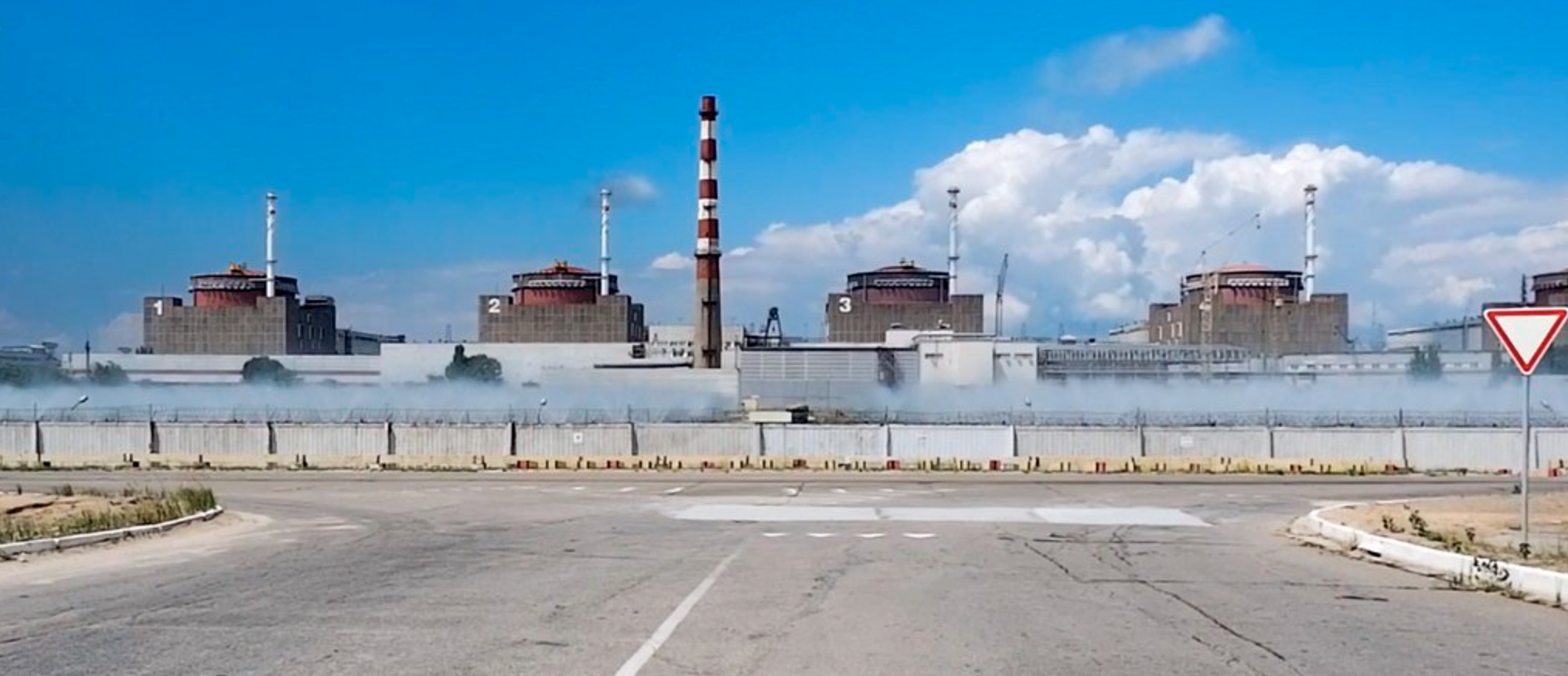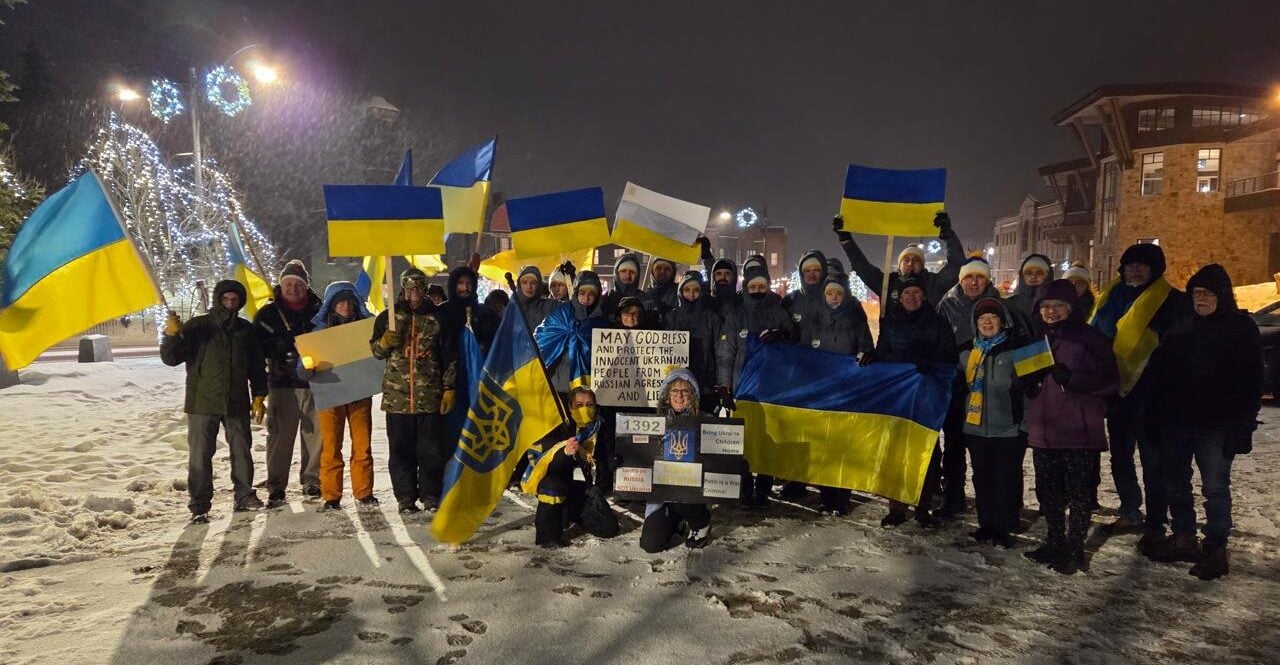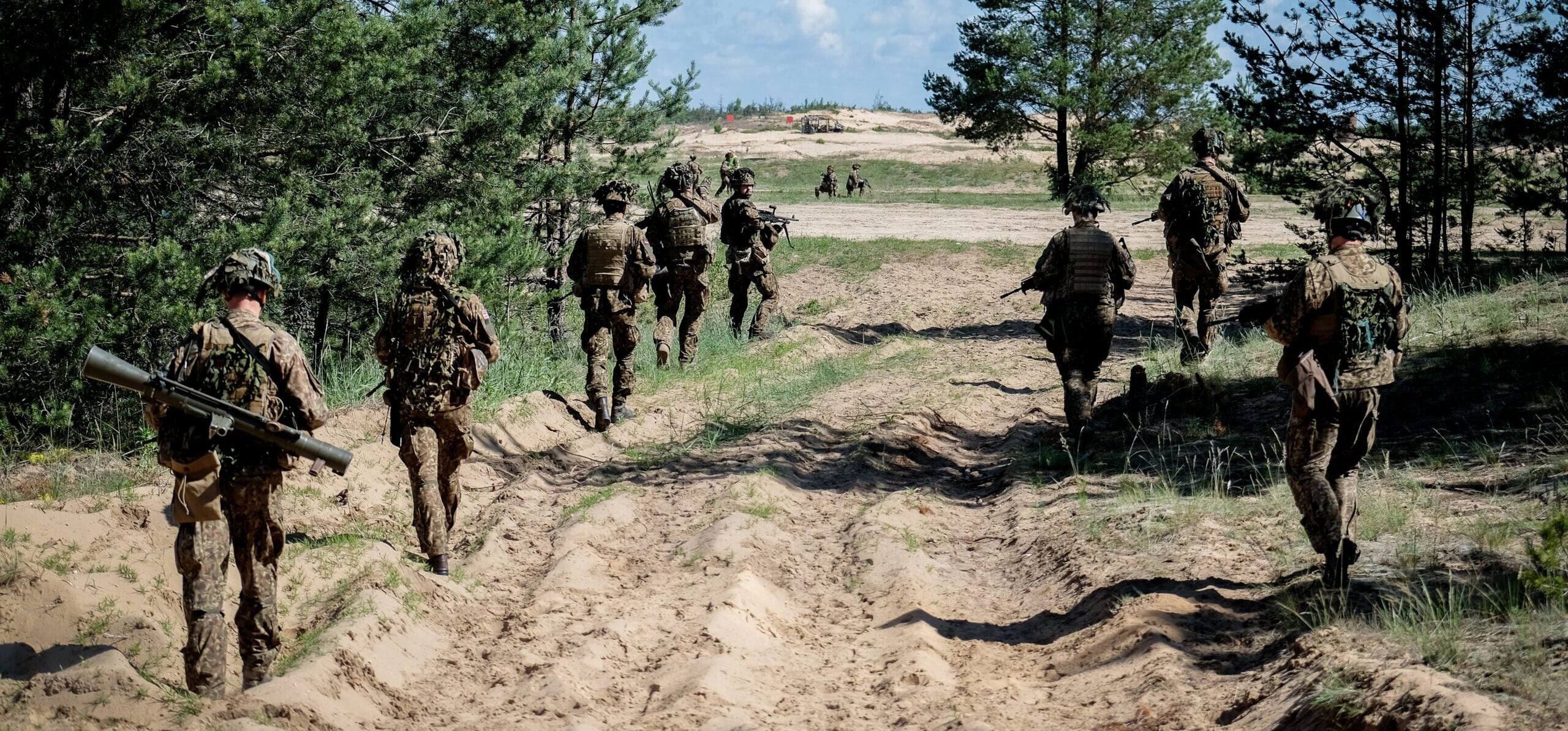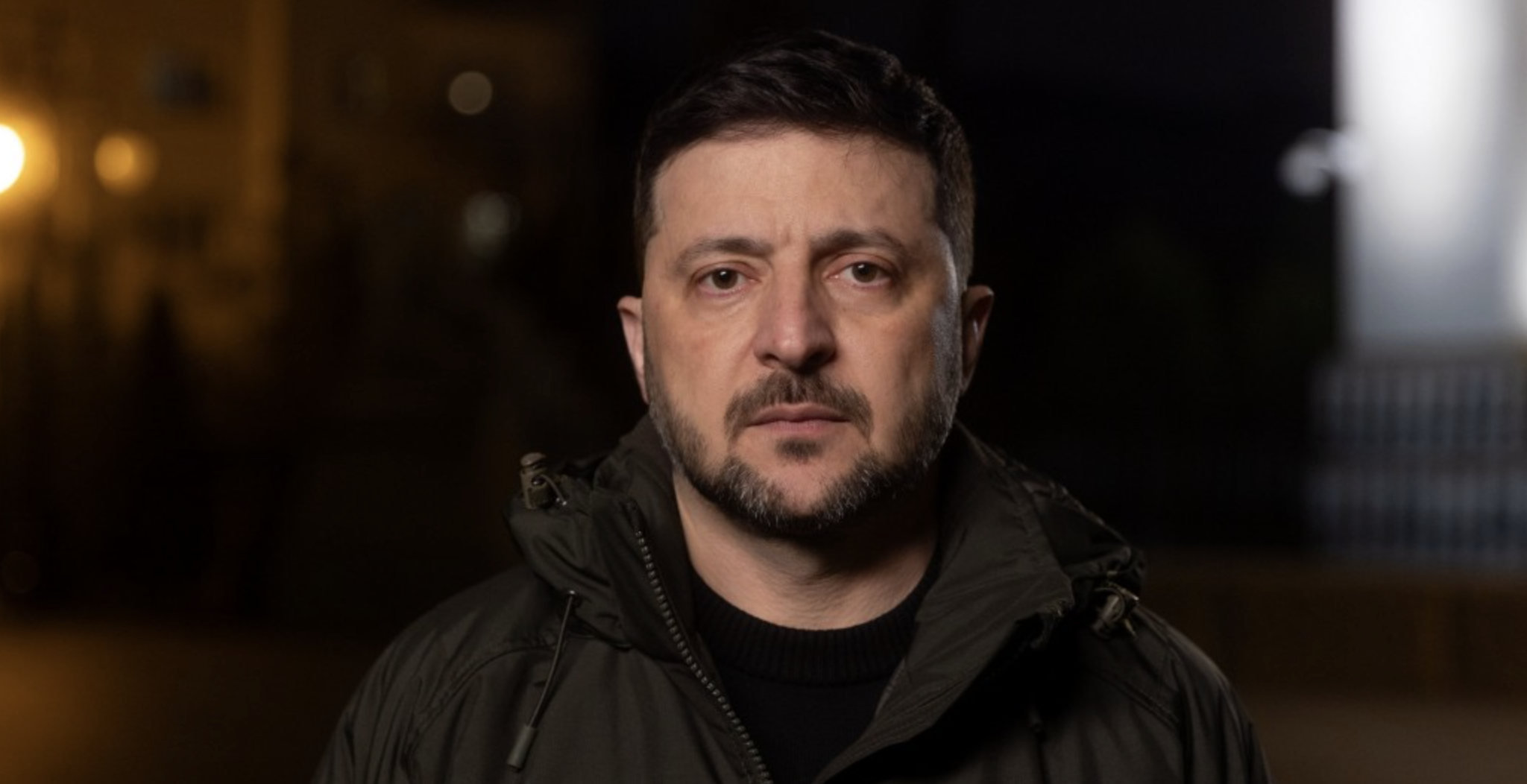
Russia is racing to build a large pumping station in occupied Ukrainian territory to restore operations at the Zaporizhzhia Nuclear Power Plant (ZNPP), Europe’s largest nuclear facility that once powered one-fifth of the nation’s electricity, Ekonomichna Pravda reports, citing Russian media.
The new pumping station, under construction in Russian-occupied territory, is designed to draw vast amounts of river water to supply cooling systems at the ZNPP.
According to Ekonomichna Pravda, the floating station will have a capacity of up to 80,000 cubic meters per hour and requires a large water source, such as the Dnipro river to operate.
Cooling water is essential to safely run the ZNPP’s six reactors, which have been offline since September 2022 after months of military activity and repeated loss of power at the plant.
This is especially critical now that key water supply systems — like the Kakhovka Hydroelectric Power Plant — are damaged or inaccessible.
Aleksei Likhachev, head of Russia’s state nuclear agency Rosatom, claimed the pumping station “will allow Russia to fully solve the water supply issue as it brings the power units up to design capacity.”
Rosatom has reportedly developed a step-by-step plan to restart the plant, but one of the main challenges remains the lack of cooling water.
Ukraine’s Deputy Energy Minister Yurii Sheiko previously said that Russia is incapable of safely restoring operations at the occupied plant. He added that Moscow’s talk of restarting it is a form of blackmail aimed at Ukraine and the international community.
Environmental watchdog Greenpeace Ukraine also warned that Russia appears to be preparing to restart the plant, citing construction of a new power transmission line for the seized facility.
Experts warn that any restart of the ZNPP — which has been offline since September 2022 — could pose severe risks to nuclear and radiation safety not only in Ukraine but across Europe.
In addition to water shortages, other barriers to restarting the plant include degraded equipment, inability to transmit electricity from the site, and uncertainty over the condition of the nuclear fuel.
Cover: AP











